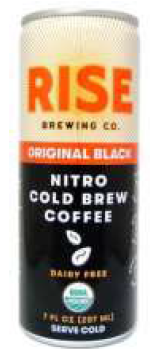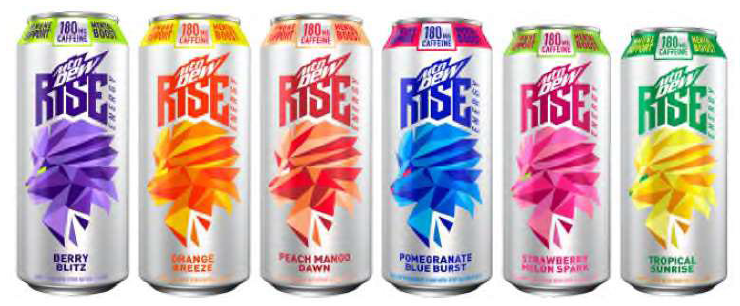In a dispute between an employer and a former employee, the US Court of Appeals for the Seventh Circuit affirmed a district court’s grant of summary judgment against an employer asserting trade secret misappropriation and breach of implied-in-fact contract claims relating to an 11-year-old prototype developed by a former employee. The Court also affirmed the district court’s finding of litigation misconduct by the former employer but vacated the lower court’s award of attorneys’ fees, remanding the case for a more detailed justification for the considerable award. REXA, Inc. v. Chester, Case Nos. 20-2953; -3213; -2033 (7th Cir. July 28, 2022) (Wood, Hamilton, Brennan, JJ.)
Mark Chester is a former employee of Koso America, a manufacturer of hydraulic actuators. Chester participated in a 2002 project at Koso that sought to develop a new flow matching valve for Koso’s actuators. While the project team failed to design a new flow matching valve, they did manage to develop an experimental prototype of an actuator with solenoid valves. Koso abandoned the new design because of the improbability of commercial success, and the prototype was disassembled. Chester—who had never signed a confidentiality or employment agreement with Koso—resigned from Koso in 2003 and later joined MEA Inc. in 2012. In 2013, 11 years after developing the Koso prototype, Chester helped MEA design a new actuator with solenoid valves and an improved motor. MEA filed a patent application in 2017 claiming the actuator, and the US Patent & Trademark Office issued a notice of allowance in 2018 based on the improved motor limitations.
REXA, a successor company to Koso, sued Chester and MEA for misappropriation under the Illinois Trade Secrets Act (ITSA) and for breach of an implied-in-fact contract. REXA alleged that MEA and Chester misappropriated the 2002 designs by filing the 2017 patent application and by incorporating the 2002 designs into MEA’s Hawk brand actuator, and that Chester breached an implied-in-fact obligation to assign any patent rights associated with the 2017 application to REXA. Chester and MEA accused REXA of improper conduct during discovery after REXA appended a confidentiality agreement that Chester had never received to Chester’s 2002 bonus letter and used the manipulated document during Chester’s deposition. The parties filed cross motions for summary judgment. The district court ruled for Chester and MEA and awarded them almost $2.4 million in attorneys’ fees for REXA’s litigation misconduct. REXA appealed.
Misappropriation of Trade Secrets
The Seventh Circuit first considered the trade secret misappropriation claim, specifically whether REXA had identified a trade secret with enough specificity. The ITSA requires that a plaintiff “present a specific element, or combination of elements, that is unknown to the trade and was allegedly misappropriated.” Applying this standard, the Court found that REXA had not identified any protectable trade secrets because it had broadly asserted that the “2002 designs” qualified as trade secrets without explicitly identifying an element that was not well known in the industry.
The Seventh Circuit further concluded that even if REXA had identified a specific and protectable trade secret, [...]
Continue Reading
read more

 Subscribe
Subscribe




